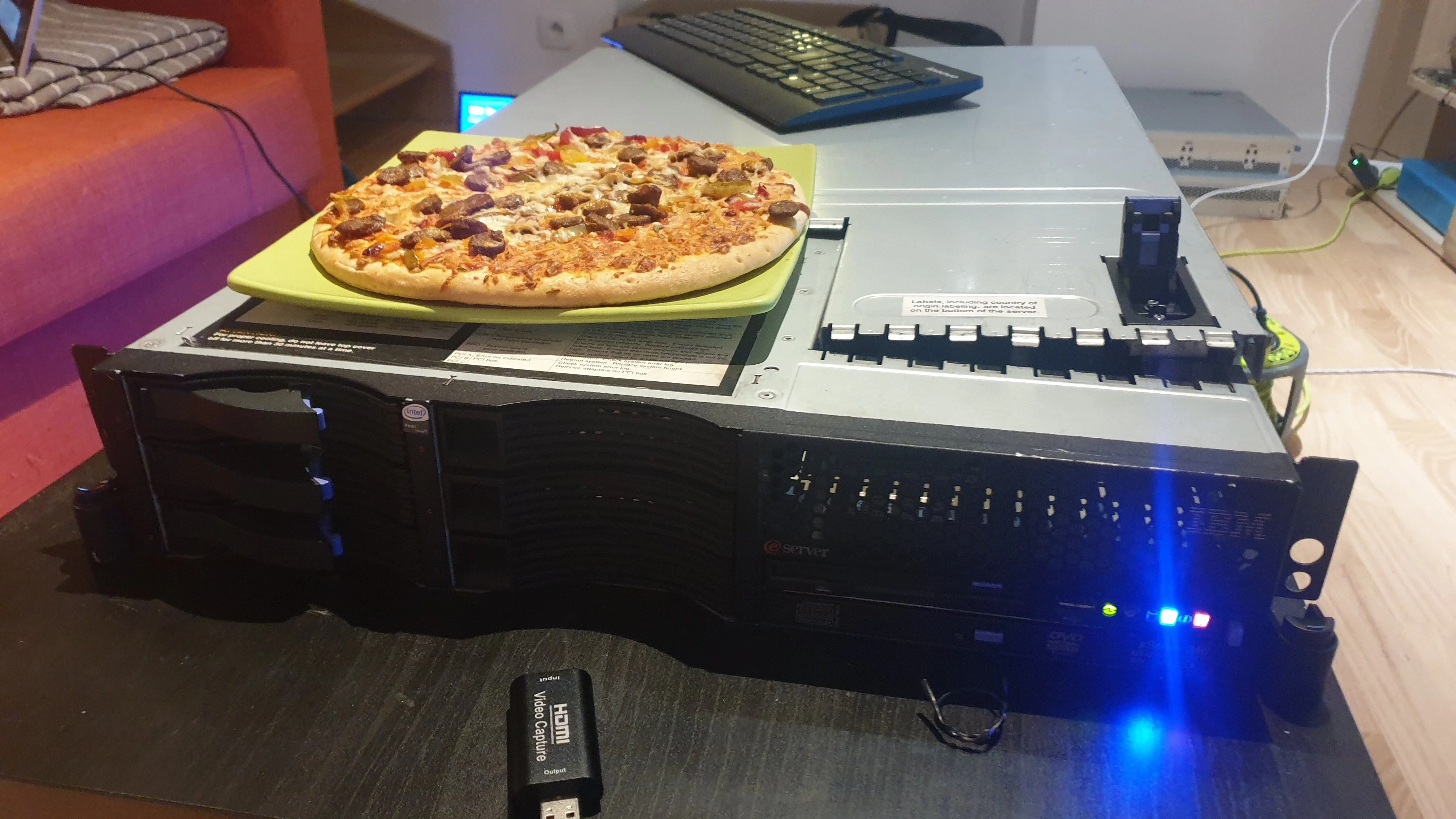I think I would get rid of that optical drive and install a converter for another drive like a 2.5 SATA. That way you could get an SSD for the OS and leave the bays for raid.
Other than that depending on what you want to put on this beast and if you want to utilize the hardware raid will determine the recommendations.
For example if you are thinking of a file server with zfs. You need to disable the hardware raid completely by getting it to expose the disks directly to the operating system. Most would investigate if the raid controller could be flashed into IT mode for this. If not some controllers do support just a simple JBOD mode which would be better than utilizing the raid in a zfs configuration. ZFS likes to directly maintain the disks. You can generally tell its correct if you can see all your disk serial numbers during setup.
Now if you do want to utilize the raid controller and are interested in something like proxmox or just a simple Debian system. I have had great performance with XFS and hardware raid. You lose out on some advanced Copy on Write features but if disk I/O is your focus consider it worth playing with.
My personal recommendation is get rid of the optical drive and replace it with a 2.5 converter for more installation options. I would also recommend getting that ram maxed and possibly upgrading the network card to a 10gb nic if possible. It wouldn't hurt to investigate the power supply. The original may be a bit dated and you may find a more modern supply that is more rnergy efficient.
OS generally recommendation would be proxmox installed in zfs mode with an ashift of 12.
(It's important to get this number right for performance because it can't be changed after creation. 12 for disks and most ssds. 13 for more modern ssds.)
Only do zfs if you can bypass all the raid functions.
I would install the rpool in a basic zfs mirror on a couple SSDs. When the system boots I would log into the web gui and create another zfs pool out of the spinners. Ashift 12. Now if this is mostly a pool for media storage I would make it a z2. If it is going to have vms on it I would make it a raid 10 style. Disk I/O is significantly improved for vms in a raid 10 style zfs pool.
From here for a bit of easy zfs management I would install cockpit on top of the hypervisor with the zfs plugin. That should make it really easy to create, manage, and share zfs datasets.
If you read this far and have considered a setup like this. One last warning. Use the proxmox web UI for all the tasks you can. Do not utilize the cockpit web UI for much more than zfs management.
Have fun creating lxcs and vms for all the services you could want.

